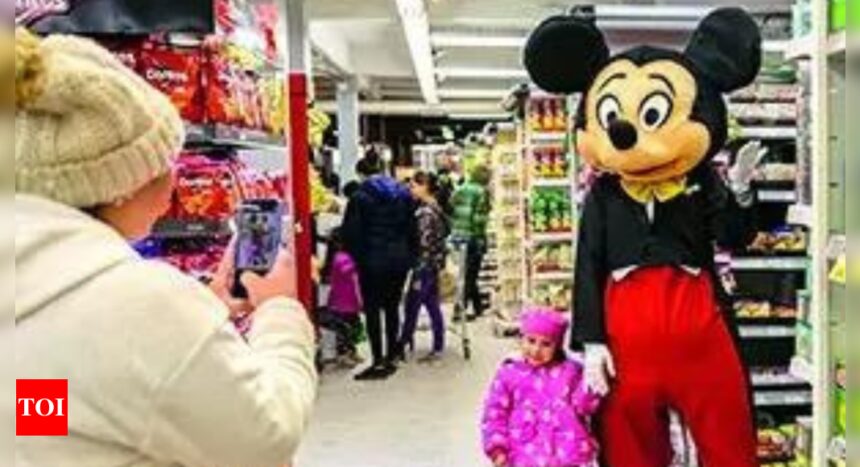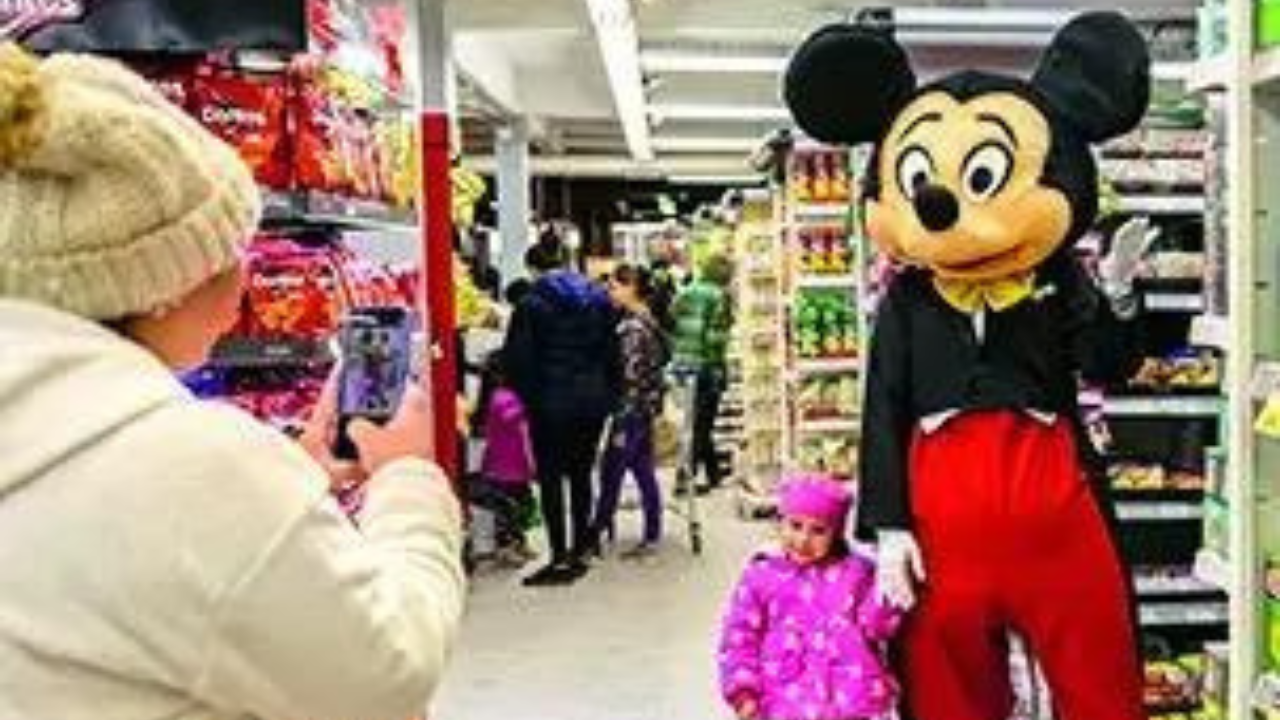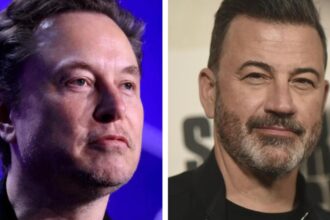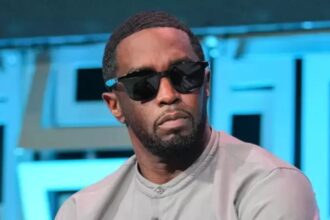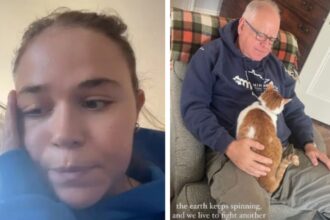One is a colossus that spans theme parks, merchandise and movies, with 150 Academy Awards, 225,000 employees and annual revenue of nearly $90 billion.
The other is a third-generation family firm with 280 workers that packages hot sauce, soy beans, multicoloured sprinkles, an herb called horsetail, six varieties of panettone and seven kinds of salt for sale in Paraguayan supermarkets.
Yet, Mickey is a household name to rival Disney across the little-touristed South American nation of 6.1 million. There’s the cartoon mouse too – also called Mickey, and indistinguishable from Mickey Mouse – whose iconic ears adorn the gates of the company’s factory, its trucks and a mascot in heavy demand at Paraguayan weddings.
“But don’t get it twisted. There’s the Disney Mickey,” said Viviana Blasco, 51, one of five siblings who run the business, and “the Paraguayan Mickey, our Mickey.” Still, if the Paraguayan Mickey seems remarkably similar to the Disney one, it may not be entirely a coincidence. Paraguayans are notoriously creative – some would say light-fingered – when it comes to intellectual property. Factories churn out knockoff Nike, Lacoste and Adidas clothing. Paraguay’s educational authorities warned last year that Harvard University Paraguay was awarding bogus medical degrees. (The school has no connection to the more famous Harvard University.)
Paraguay ranks 86th out of 125 countries in an index compiled by the Property Rights Alliance, a research institute based in Washington, D.C., scoring 1.7 out of 10 for copyright protection. But Mickey, the Blasco family enterprise, has survived multiple legal challenges levelled by Disney. Viviana Blasco denied that her family had appropriated Disney’s property. “We didn’t take it. We built a brand over many years. Mickey grew in parallel to Walt Disney.”
The Mickey saga began, Blasco said, in 1935. Blasco’s grandfather, Pascual, the son of Italian immigrants, saw an opportunity to spread some joy – and turn a profit. He opened a tiny shop selling fruit and homemade gelato. It was called Mickey. Exactly where the idea came from, said Blasco, remains “something of a mystery.” But Pascual, she said, often vacationed in Buenos Aires – Argentina’s cosmopolitan capital, known for movie theaters. Mickey Mouse was making his silver-screen debut, including in “The Gallopin’ Gaucho” (1928). Whatever its origins, Mickey was a hit.
By now, a “peaceful coexistence” reigns between Mickey and its “US doppelganger”, said the smaller company’s lawyer. This truce was hard-won. In 1998, Paraguay’s Supreme Court issued its final ruling: Through decades of uninterrupted use, Mickey had acquired the right to be Mickey. The Mickey trademark had been registered in Paraguay since at least 1956 – and Pascual’s descendants had since renewed it. However, Mickey’s legal immunity in Paraguay, Blasco said, might not extend to selling its products abroad. “We’ve never tried.”
The other is a third-generation family firm with 280 workers that packages hot sauce, soy beans, multicoloured sprinkles, an herb called horsetail, six varieties of panettone and seven kinds of salt for sale in Paraguayan supermarkets.
Yet, Mickey is a household name to rival Disney across the little-touristed South American nation of 6.1 million. There’s the cartoon mouse too – also called Mickey, and indistinguishable from Mickey Mouse – whose iconic ears adorn the gates of the company’s factory, its trucks and a mascot in heavy demand at Paraguayan weddings.
“But don’t get it twisted. There’s the Disney Mickey,” said Viviana Blasco, 51, one of five siblings who run the business, and “the Paraguayan Mickey, our Mickey.” Still, if the Paraguayan Mickey seems remarkably similar to the Disney one, it may not be entirely a coincidence. Paraguayans are notoriously creative – some would say light-fingered – when it comes to intellectual property. Factories churn out knockoff Nike, Lacoste and Adidas clothing. Paraguay’s educational authorities warned last year that Harvard University Paraguay was awarding bogus medical degrees. (The school has no connection to the more famous Harvard University.)
Paraguay ranks 86th out of 125 countries in an index compiled by the Property Rights Alliance, a research institute based in Washington, D.C., scoring 1.7 out of 10 for copyright protection. But Mickey, the Blasco family enterprise, has survived multiple legal challenges levelled by Disney. Viviana Blasco denied that her family had appropriated Disney’s property. “We didn’t take it. We built a brand over many years. Mickey grew in parallel to Walt Disney.”
The Mickey saga began, Blasco said, in 1935. Blasco’s grandfather, Pascual, the son of Italian immigrants, saw an opportunity to spread some joy – and turn a profit. He opened a tiny shop selling fruit and homemade gelato. It was called Mickey. Exactly where the idea came from, said Blasco, remains “something of a mystery.” But Pascual, she said, often vacationed in Buenos Aires – Argentina’s cosmopolitan capital, known for movie theaters. Mickey Mouse was making his silver-screen debut, including in “The Gallopin’ Gaucho” (1928). Whatever its origins, Mickey was a hit.
By now, a “peaceful coexistence” reigns between Mickey and its “US doppelganger”, said the smaller company’s lawyer. This truce was hard-won. In 1998, Paraguay’s Supreme Court issued its final ruling: Through decades of uninterrupted use, Mickey had acquired the right to be Mickey. The Mickey trademark had been registered in Paraguay since at least 1956 – and Pascual’s descendants had since renewed it. However, Mickey’s legal immunity in Paraguay, Blasco said, might not extend to selling its products abroad. “We’ve never tried.”
Source : Times of India


